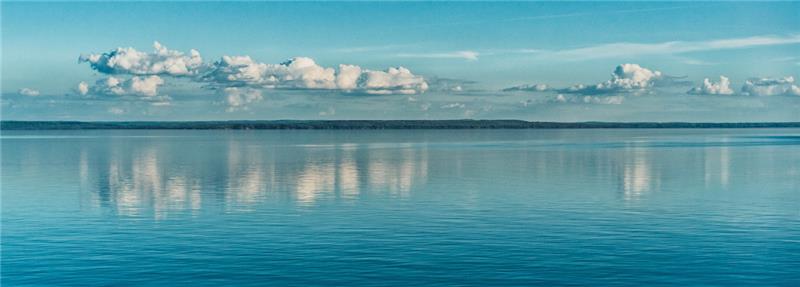Water’s physical states vs. climate change
Is the higher frequency of tropical cyclones, droughts and flash floods the result of changes in the circulation of water in nature? In the latest issue of Academia magazine entitled „Water” Dr. Aleksandra Kardaś, atmospheric physicist and science popularizer, writes about how water and its various physical states affect the climate.
Three states
Water vapor is one of the greenhouse gases responsible for the natural greenhouse effect, to which we owe the favorable climatic conditions on Earth, suitable for development of life. "Were it not for this effect, our planet seen from space instead of a "blue ball" would rather resemble a snowball, as the average temperature on its surface would be over 30 degrees lower" – explains Dr. Aleksandra Kardaś.
Oceans cover more than 70 percent of the Earth’s surface. These waters are not only home to many different species of marine plants, animals or microorganisms, but also are the largest solar collector of energy on Earth, absorbing excess of heat accumulated in the climate system. "Ocean currents distribute this energy across the Earth, reducing temperature contrast between latitudes," writes the author.
On the other hand, solid forms of water, such as snow and ice, due to their bright color reflect the most of solar energy back to space.
How climate change impacts water cycle
A rise in oceans temperatures triggers increase in water evaporation, which leads to the formation of strong tropical cyclones. "Weather events such as Hurricane Harvey (which in 2017 resulted in 1043.4 mm of precipitation in Houston in three days) has become three times more likely by climate change, and the frequency of events such as Storm Desmond (which in 2015 caused a record-breaking rainfall in Great Britain) has increased by 60%" – we read in the article.
Oceans thermal expansion
Although we do not think about it on a daily basis, water when heated expands and increases in volume. Thus, the rise in sea level is influenced not only by water mass being added to the oceans from melting glaciers, but also by the water thermal expansion resulting from rising temperatures. Rising level of oceanic waters may soon pose a serious threat to coastal areas and 700 million people inhabiting those regions.
Precious water
Water is essential for survival, it is an absolute necessity, but due to climate change water reveals its deadly and destructive powers. We use it for agricultural purposes (grow food and raise animals) and industrial consumption (to fabricate various goods and produce electricity), we need water to maintain proper hygiene, and last but not least for drinking. "Although the world is not running out of water, there are problems ahead of us, including emerging issues in providing access to clean fresh water" – notes Dr. Aleksandra Kardaś.
The full text of the article “Obieg wody” [Water cycle] is available on the quarterly’s website. Its English version will be available soon.

